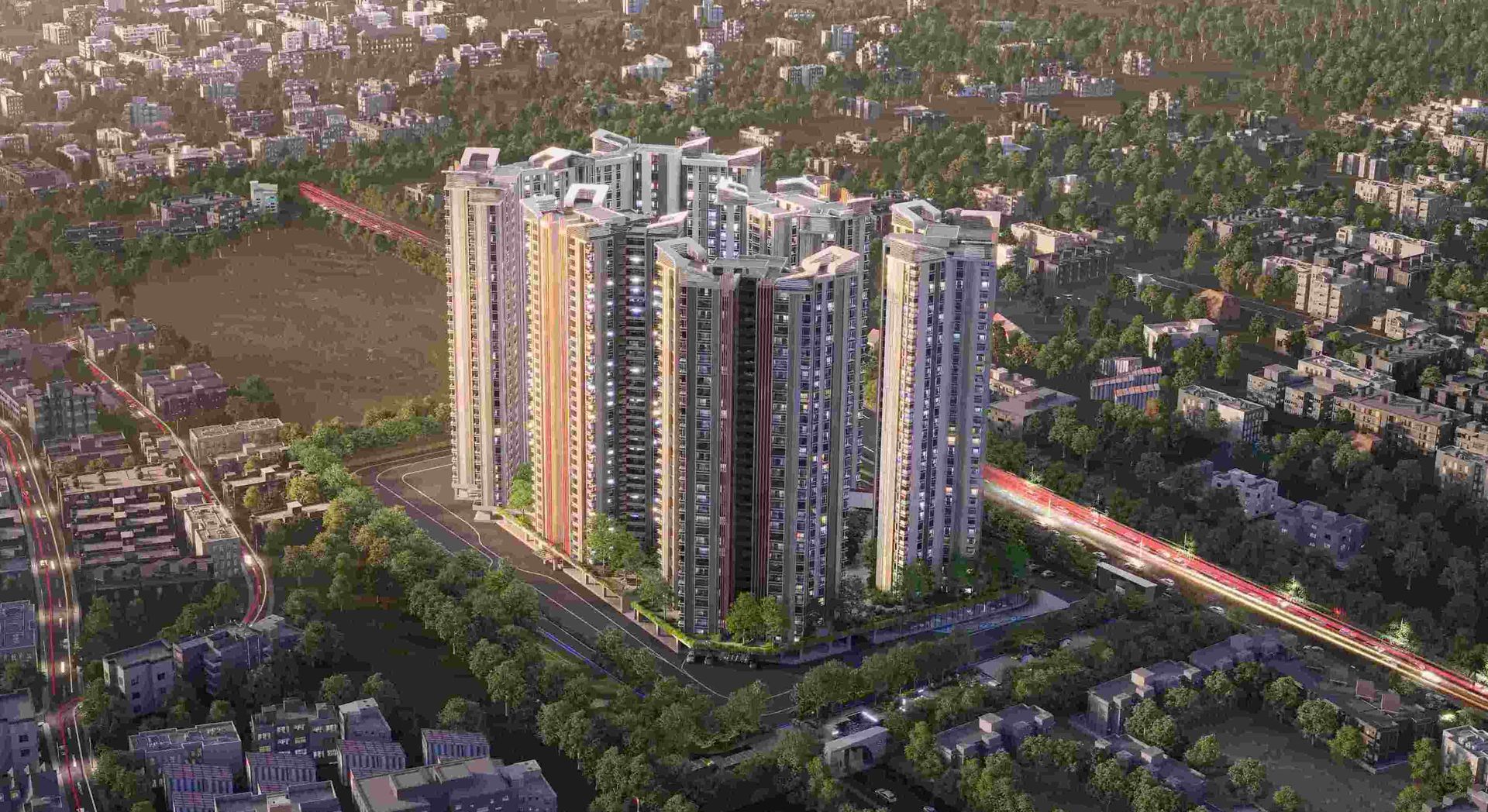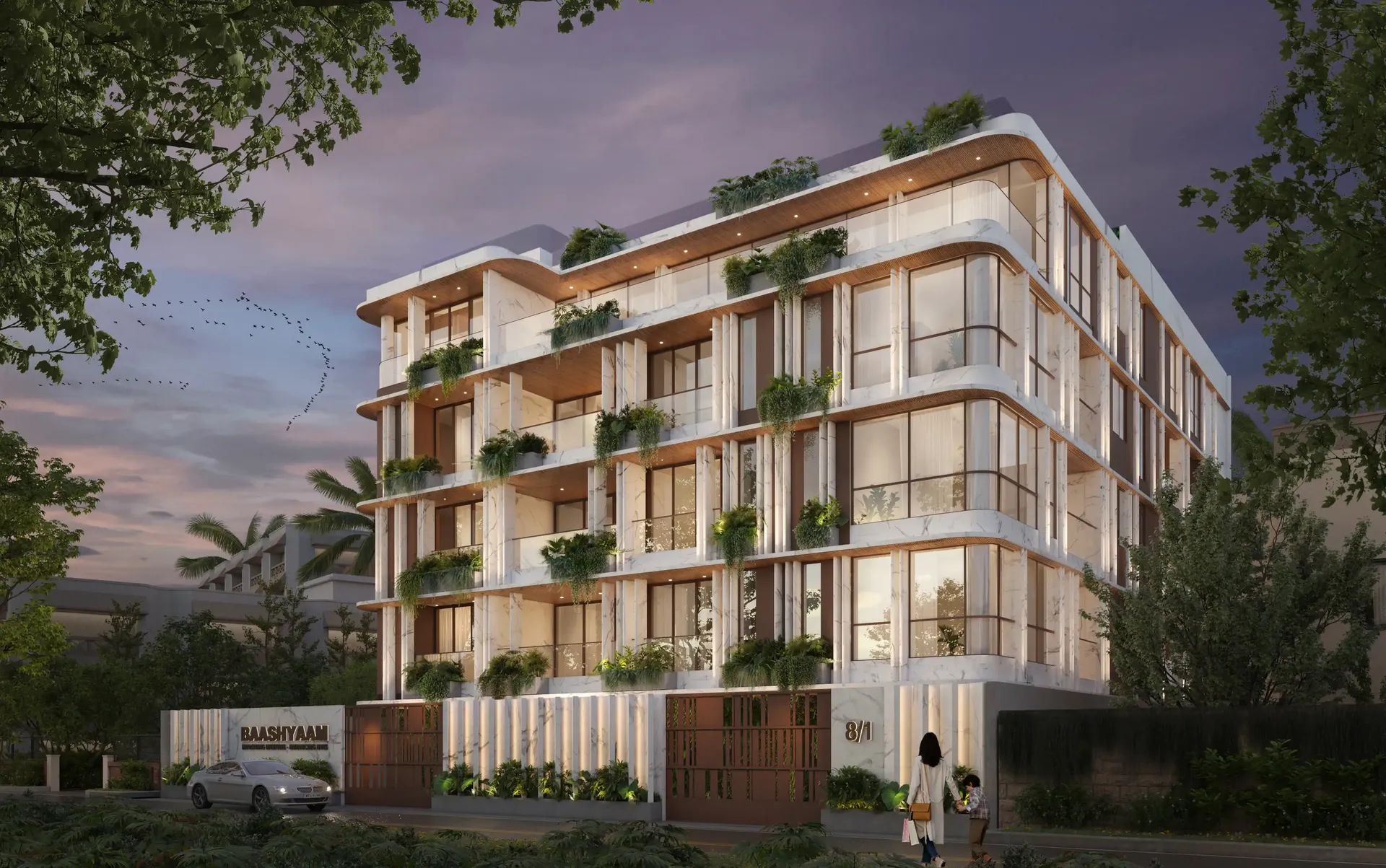Everything You Need to Know About Kitchen Sockets
If you are planning a new home set up, or re-doing your kitchen, now is the time to think about which power outlets you require, how many of them and where they need to go. Let us take you through the essentials.
When choosing your kitchen sockets, think about the design and finish you want. You can get sockets in various finishes, such as chrome, brass, or stainless steel. There are also different shapes and sizes available. If you have a sleek and modern kitchen, you may want to opt for flush-mounted or recessed sockets. These can be placed on the worktop or the wall, and they give a streamlined look to your kitchen. If you have a more traditional kitchen, then you may want to choose sockets that match the style of your cabinets and fixtures. For example, if you have wooden cabinets, you may want to choose brass or chrome sockets.
It would be best if you also thought about the location of your sockets. If you have a kitchen island, you may want to place the sockets underneath the worktop to hide them. Alternatively, you could put them on the side of the island so that they’re easily accessible. When choosing your sockets, it is essential to think about the type of plugs that you need. For example, if you have appliances that need to be plugged into a three-pin socket, you will need to ensure that your sockets are compatible.
Where to put sockets in a kitchen?
When planning your kitchen layout, think about where you need plug sockets. Do you need them by the worktop? Do you need them on the island itself or the surrounding surface if you use a kitchen island? Will you be using any appliances that require many plug-ins such as a toaster, kettle and microwave?
Once you know where you need the sockets, you can think about the best way to incorporate them into your kitchen design. If you have a sleek and minimalistic kitchen, having exposed sockets could look out of place. Recessed sockets or hidden ones could be a better choice in this instance. If you have a country kitchen, socket covers in a wood or metal finish could blend nicely with your overall aesthetic. If you are unsure where to start, speak to a kitchen designer or look online for inspiration. There are plenty of ideas, so take your time to find the perfect solution for your kitchen.
Where to place sockets on a kitchen island?
When placing sockets on a kitchen island, it is vital to think about where they will be most beneficial. Some of the best locations for sockets are near the sink or in an area that is easily accessible to guests. It is also essential to choose a socket that will match the style of your kitchen. If you are looking for a sleek and modern design, consider a pop-up socket. Try an outlet placed on the wall near the kitchen island if you want a more traditional look. Whichever style you choose, make sure that the sockets are easily accessible and safe.
Which height is perfect for kitchen sockets?
Generally, it is good to install sockets at the worktops, about 10-15cm above the surface. If you have a kitchen/diner with a table and want an outlet for easy access for chargers and laptops, position it 45cm above the floor. For large appliances like fridges and dishwashers, the height depends on the space and size of the device. Your kitchen fitter may need to see the room to advise you.
Small appliances like coffee machines or kettles can be plugged into a socket near the worktop. If your worktop is granite or marble, make sure it is heat resistant. You can also get pop-up sockets which are ideal for hiding away when not in use and can be placed on the worktop or underneath it.
How can you hide kitchen plug sockets?
If you are looking for a sleek and stylish design for your kitchen, hiding your plug sockets may be the way to go. There are a few different ways to do this, and the best option for you will depend on the layout of your kitchen and the look you are going for. One popular option is to install pop-up sockets. These can be installed flush with your countertop or worktop surface and then pop up when you need to use them. It is an excellent option if you have a lot of counter space and want to keep the look of your kitchen clean and uncluttered.
Another option is to install electrical sockets in the corner of your kitchen. It can be a great way to save space, and it also gives you the opportunity of hiding the cords behind your kitchen units. You can even install them underneath your cupboards to conceal your sockets. It is an excellent solution if you have many appliances that need to be plugged in, but you do not want the cords to be visible. Whatever solution you choose, hiding your kitchen sockets can give your kitchen a sleek and stylish look.
Can you cover the electrical outlet with a cabinet?
You can cover an outlet with a cabinet! There are a few reasons why you might want to do this. Perhaps you are remodelling your kitchen and want to create a sleek, uninterrupted look on your countertop. Or maybe you are redesigning your kitchen layout, and you need to move an outlet to make room for new cabinets or appliances. Whatever the reason, it is easy to do, and there are a few different ways you can go about it. One option is to buy a cabinet with a hole cut out for the outlet. This way, the outlet will be completely hidden but still easily accessible. You can find cabinets like this at most home improvement stores.
Another option is to cover the outlet with a decorative plate. It can be a good choice if you want the outlet to blend in with your kitchen’s décor. You can find these plates at most hardware stores. You can also build your cabinet or container to cover the outlet if you are handy. It is an excellent option if you want to customize the look of your kitchen.
Which sockets and switches do I need in the kitchen?
There are a few key things to consider regarding kitchen sockets. You will need a socket for each appliance and one or two sockets per worktop. It is also essential to have light switches in the kitchen and a controller for your cooker. If you have any large appliances, like a washing machine, you will need a double pole switch. Here are a few important ones:
- Light switches: You’ll need switches to control all of the lights in the room. These are likely to be 2-way switches.
- Worktop sockets: place a 13A socket every 2-3 metres.
- Appliance sockets: Behind every major appliance. (Some method of isolation is needed.)
- Cooker switches: You’ll need a 45A switch. Consider using a cooker control unit.
- Appliance switches: You’ll need double pole switches for appliances like washing machines.
Up Next
Top Construction Innovations That Make Homes Last for Generations
A home is often the most significant investment in a person’s life, and for many, it’s not just about creating a living space for today but building a legacy for tomorrow. The good news is that modern construction has advanced far beyond traditional brick and mortar. Today, innovative materials and techniques are making homes stronger, more sustainable, and more resilient—built not just for decades, but for generations to come.
Discover a Self-Contained World: Inside Chennai’s Most Thoughtfully Planned Township
A self-contained epic lifestyle with smartly curated living experiences — that’s what this momentous development in Koyambedu brings to Chennai’s real estate landscape. Rarely do we see something that truly reimagines aspirational residential living and commercial spaces. For years, large-scale home communities and townships have been defined through a narrow lens. Now, this project from Baashyaam, true to its philosophy of “Improving Lifestyles – Enhancing Lives”, is changing the narrative and setting new benchmarks.





